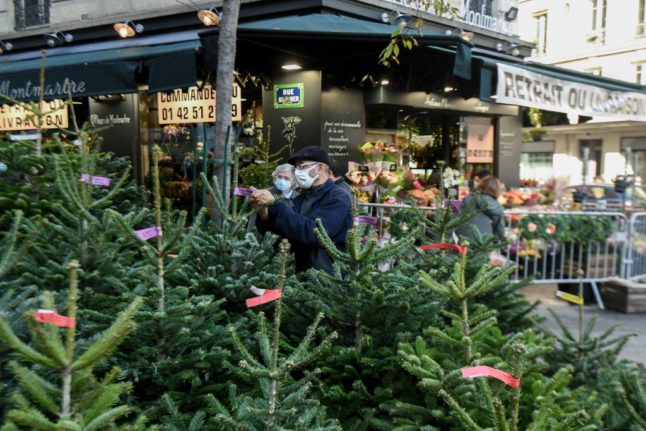France’s drought has had widespread impacts – with some villages even seeing their taps run dry.
Farmers have especially felt the impacts of this summer’s historic drought and heatwaves, as several industries, including French staples such as cheese production to wine have felt the affects – with Christmas tree growers also facing big losses.
Young fir trees (those that are under two years old) have been decimated by the drought, as their roots had not developed enough to dig deep enough to seek out water.
For Christian Colliette, a fir tree producer in Côte-d’Or, this will result in a significant loss in earnings.
READ MORE: Fears for 2022 French wine vintages because of ‘stressed grapes’
Colliette told Franceinfo that losing the young trees will mean having to do “a lot of work over.” He explained to the French news site that “normally two-year-old trees have their roots more established and manage to resist. But with June temperatures that were close to 40C and a significant drought, conditions were not conducive for the plants to stay alive.”
He estimates that an entire generation of trees on his farm have been lost this summer – equivalent to about 20,000 plants.
As a result, he and other Christmas tree producers will need to replace the lost trees. For Colliette, this will likely amount to at least €30,000 and lots of work digging new, deeper plots for the trees to hopefully remain alive.
This will not affect this festive season, as it will be the older trees (usually five years old or above) that are sold – though likely at a higher price due to inflation.



 Please whitelist us to continue reading.
Please whitelist us to continue reading.
Member comments